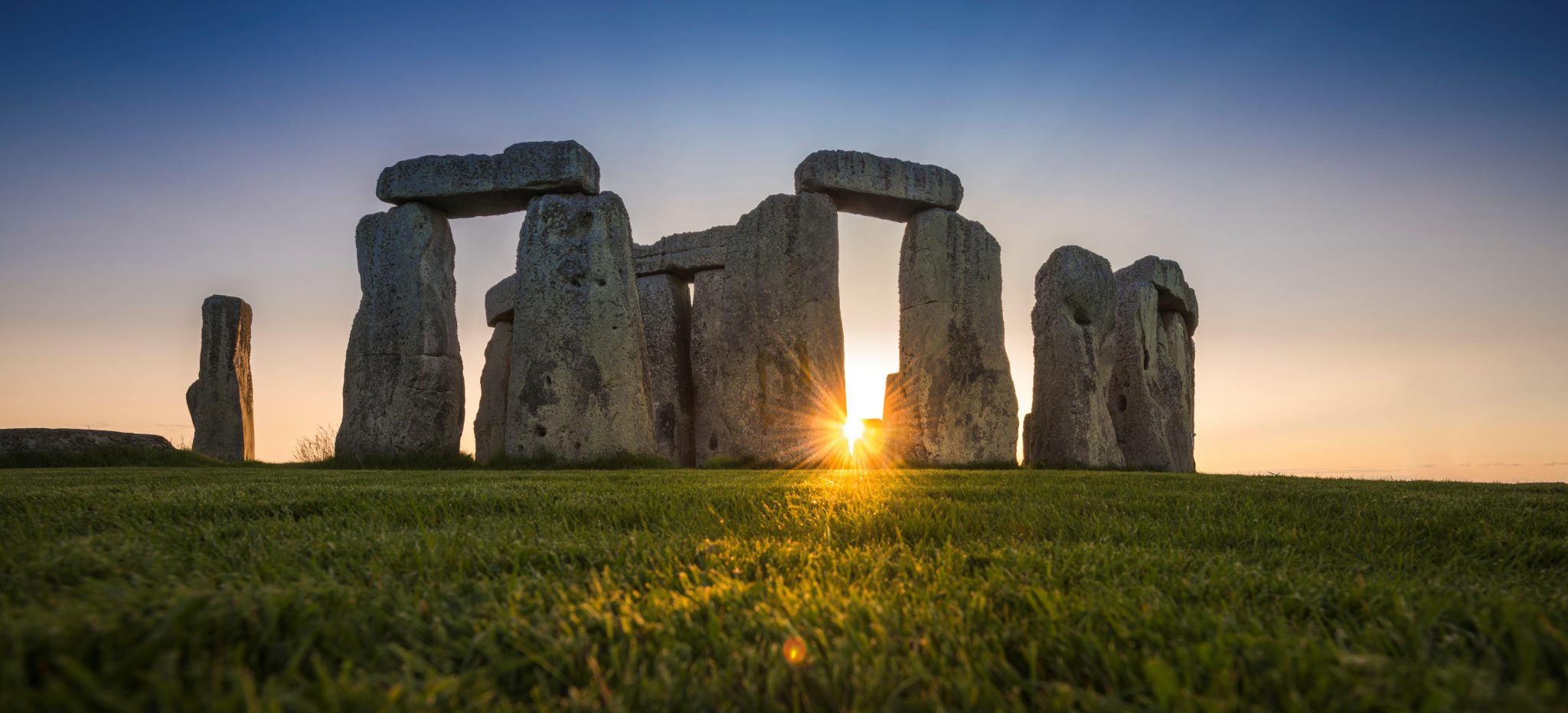

The rise and fall of the newly discovered monument at Durrington Walls suggests that buildings were modified and recycled since the first stones were laid around 3100BC. The new technique, described in a paper published Tuesday in the journal Nature Communications, involves a one-time injection of a gene therapy that could provide long-term birth control for. New Stonehenge discovery made recently may just solve the great mystery behind the famous landmark standing in the middle of an open field north of Salisbury, England. BBC News Updated every minute of every day BBC NEWS CHANNEL News Front Page World UK England Northern. The pits seem to form an astronomical arrangement: on midsummer’s day, the eastern pit’s alignment with the rising sun and the western pit’s alignment with the setting sun intersect where Stonehenge was built 400 years later. New findings suggest that Stonehenge got it stones 500 years earlier than first thought. Two huge pits have been discovered in a two mile-long monument called the Cursus that lies to the north of Stonehenge. Archaeologists have pinpointed the construction of Stonehenge to 2300BC - a key step to discovering how and why the mysterious edifice was built. Last year, researchers found the remains of 17 new chapels and hundreds of other archaeological features scattered across the site. Ken Geiger/National Geographic By John Noble Wilford At least part of the mystery of Stonehenge may have now been solved: It was from the beginning a monument to the dead.

The main monument stands at the heart of a landscape rich with burial grounds, pits and chapels. The Stonehenge Hidden Landscape project has transformed how archaeologists view the ancient site, which sprawls over 4 sq miles of Salisbury Plain in Wiltshire. The new discoveries for Stonehenge describe a perfect system for replicating landscape sites when settling in the transition from a predominantly hunter-. London CNN Five thousand years after people in the British Isles began building Stonehenge, scientists now know precisely where some of the massive rocks came from and how they were unearthed.


 0 kommentar(er)
0 kommentar(er)
